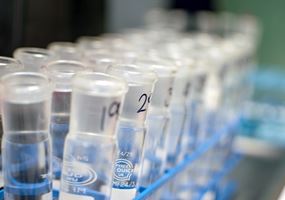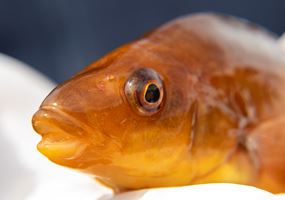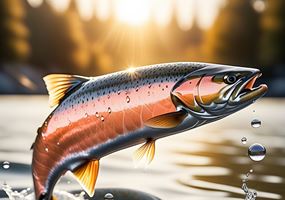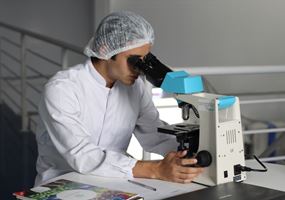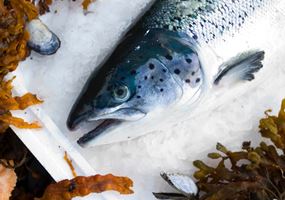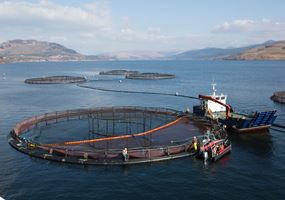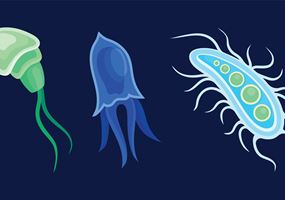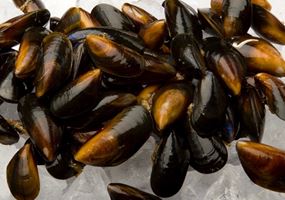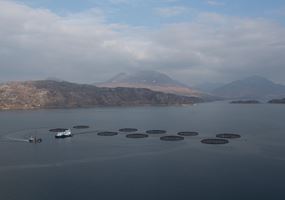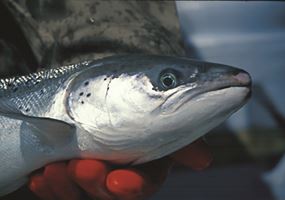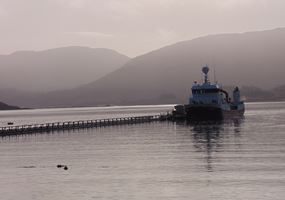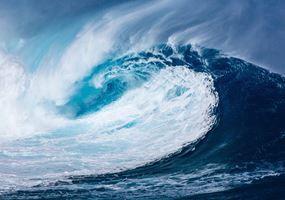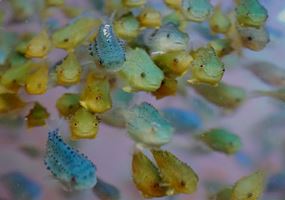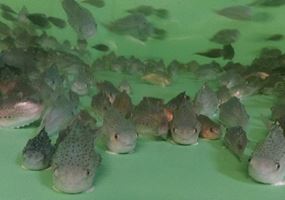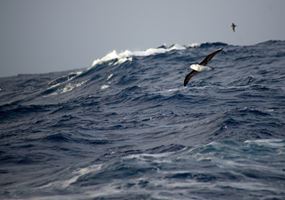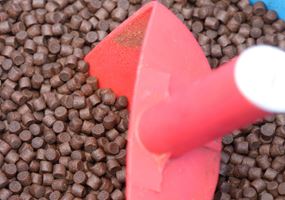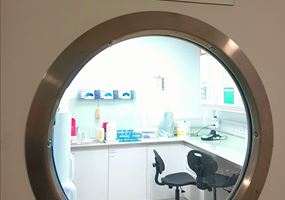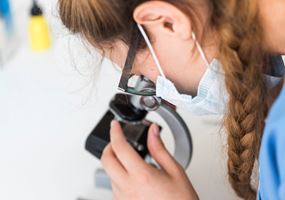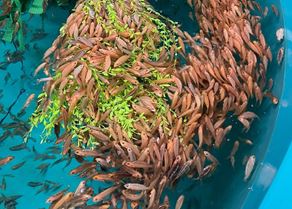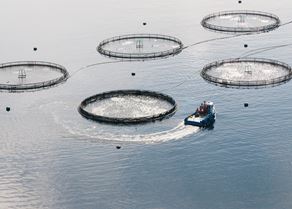Projects
We channel our resources into the areas that will benefit the Scottish aquaculture sector the most, including reducing its environmental footprint and increasing its economic impact.
Sign up to our Newsbites for project updatesBallan wrasse is one of the species used as cleanerfish in salmon farming. Their natu...
Successful proof-of-concept application of Artificial Intelligence (AI) technologies...
This project looked to identify fish cardiac disease biomarkers and develop a serolog...
The development of diagnostic tools for the pathophysiological responses to gill dise...
The overarching aim of this project was to establish guidelines for the safe and effi...
This feasibility study aimed to develop a lab-based challenge model, using lab-reared...
A cheaper, faster method of monitoring and informing fish health practitioners on the...
Sufficient supply of mussel broodstock to support a commercial hatchery and an insigh...
Better decision-making; improved fish health and welfare; reduced mortalities; plus,...
Sea lice continue to have a major impact on the salmon farming industry. Many injecti...
Piloting non-medicinal interventions and innovative operational improvements in Scott...
Driving sustainability and unlocking additional capacity for Scottish aquaculture
Increased understanding of the use and performance of cleaner fish in farmed environm...
The lumpsucker (lumpfish) is one of the cleanerfish species whose natural behaviour i...
Accurate and reliable predictive modelling of benthic impacts of salmon farming.
Increased understanding of Saprolegnia and its causative factors, enabling Scotland’s...
Greater adoption of avian proteins; less reliance on imported feed products; sustaina...
An effective, non-medicinal approach to controlling the incidence of sea lice on Scot...
The bacterium Flavobacterium psychrophilum has been responsible for substantial econo...
Industry-academic collaborations
Some of our projects have a lifetime of less than one year, while others are longer-term, multi-partner collaborations of up to three and a half years. Each project unites industry know-how with specialist academic expertise; something that SAIC works hard to encourage by helping forge the necessary connections.
Priority innovation areas
Our work is focused on catalysing and co-funding innovation in the areas identified by the sector as being top priorities. We call them our priority innovation areas – or PIAs for short.
Over the years, the industry’s priorities for innovation have evolved. Therefore, so too have our PIAs. This helps ensure that we continue to deliver maximum benefit from the combined investment being made. SAIC's three PIAs are 1: Finfish health & welfare, 2: Unlocking sector capacity, and 3: Shellfish and other non-finfish species.
